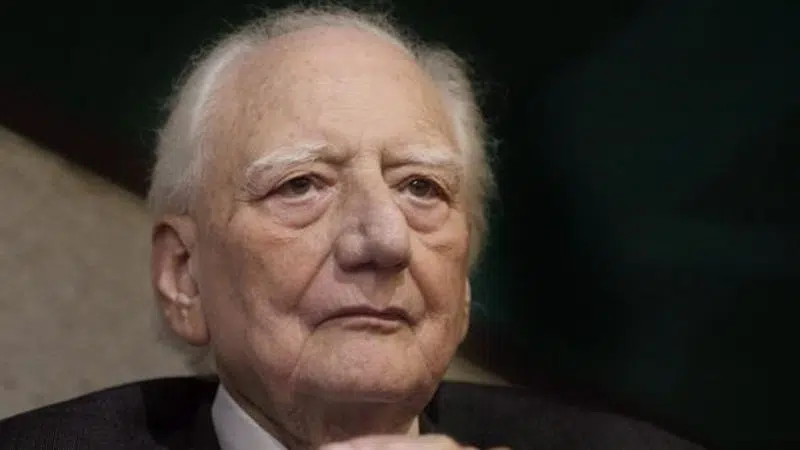
Roger Taillibert, designer of Montreal’s Olympic Stadium, dead at 93
MONTREAL — Roger Taillibert, the architect who designed Montreal’s 1976 Olympic Stadium and relentlessly defended it against its critics, has died at the age of 93.
The renowned French architect created hundreds of other buildings, including the Parc des Princes stadium and Deauville swimming pool in France and the Khalifa Stadium in Qatar.
But in Canada, he’s best known for the stadium that remains a defining feature of Montreal’s skyline. It remains the most visible legacy of the first Olympics on Canadian soil, but it has also been much maligned for ongoing maintenance issues and a surprise billion-dollar price tag that took the city 30 years to pay off.
Taillibert was born in France in 1926, and studied at the prestigious Ecole du Louvre and Ecole nationale superieure des Beaux-Arts.

